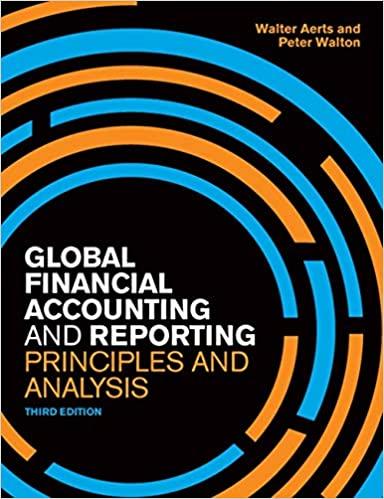Question
Assume that a firm has prepared the following cost estimates for the manufacture of a sub assembly component based on an annual production of 8,000
Assume that a firm has prepared the following cost estimates for the manufacture of a sub assembly component based on an annual production of 8,000 units.
|
| Per Unit | Total |
| Direct materials | $5 | $40,000 |
| Direct labor | $4 | $32,000 |
| Variable factory overhead applied | $4 | $32,000 |
| Fixed factory over head applied (150% of direct labor cost) |
$6 |
$48,000 |
| Total Cost | $19 | $152,000 |
The supplier has offered to provide the subassembly at a price of $16 each. Two-thirds of fixed factory overhead, which represents executive salaries, rent, depreciation, and taxes, continue regardless of the decision. Should the company buy or make the product?
I have gotten so far as determining the following using differential analysis:
| Per unit | Per total (8,000 units) |
|
| Make | Buy | Make | Buy |
| Purchase Price |
| $16 |
| $128,000 |
| Direct materials | $5 |
| $40,000 |
|
| Direct labor | $4 |
| $32,000 |
|
| Variable overhead | $4 |
| $32,000 |
|
| Fixed overhead | $2 |
| $16,000 |
|
| Total costs | $15 | $16 | $120,000 | $128,000 |
| Difference in favor of making | $1 |
| $8,000 |
|
From here, how do I determine which would be the best option for the company: Leaving the facilities idle, buying the parts and renting out idle facilities, or buying the parts and using idle facilities for other products. Which would be the best decision in conjunction with the make-or-buy decision?
Step by Step Solution
There are 3 Steps involved in it
Step: 1

Get Instant Access to Expert-Tailored Solutions
See step-by-step solutions with expert insights and AI powered tools for academic success
Step: 2

Step: 3

Ace Your Homework with AI
Get the answers you need in no time with our AI-driven, step-by-step assistance
Get Started


